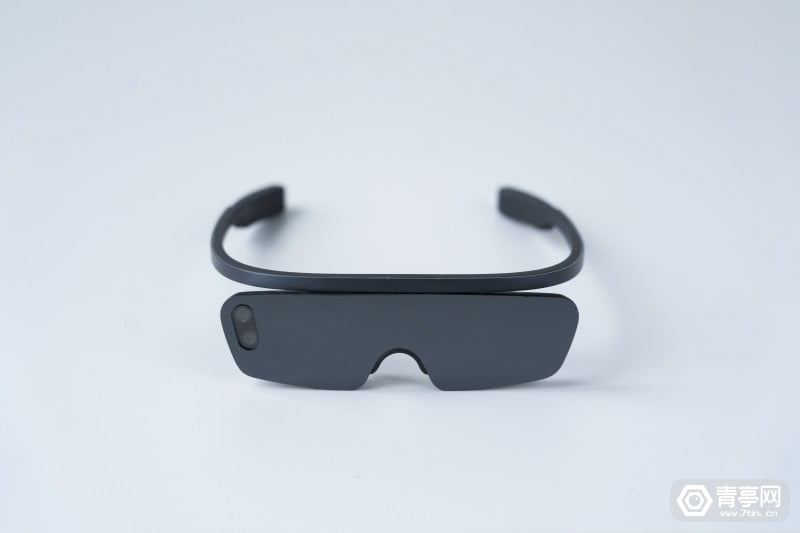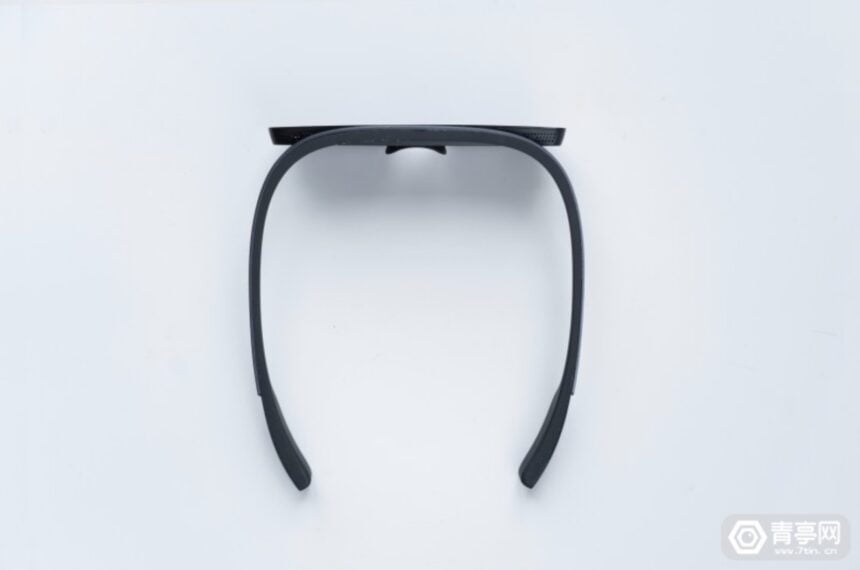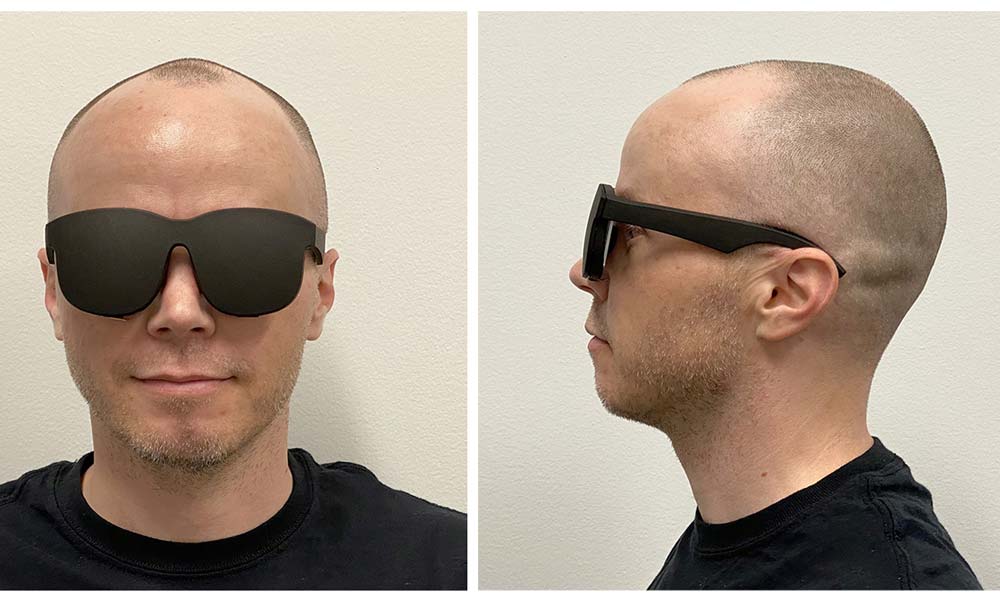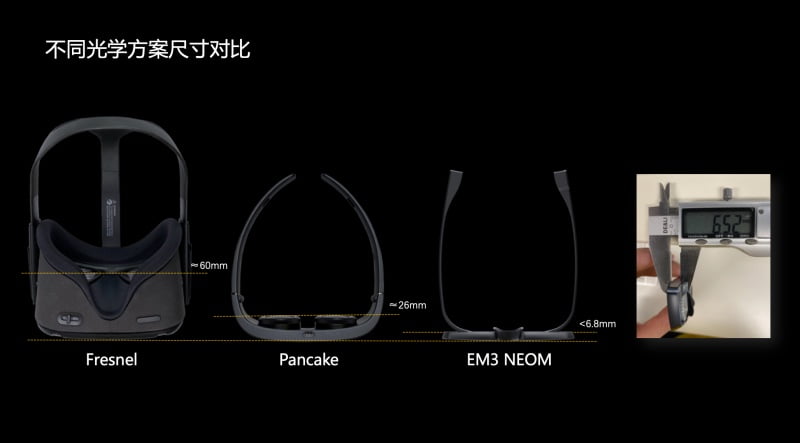EM3 Ether: Chinese Startup Unveils a 7mm Thick Virtual Reality Device
The Chinese start-up EM3 is showcasing an ultra-slim and light prototype of a virtual reality headset.

EM3 already made a name for itself with its EM3-Stellar kick-starter, its compact video glasses which, according to the manufacturer, can be connected to smartphones, game consoles, computers and which display 2D content on an 800-inch virtual screen.
The Chinese tech blog 7tin is now showing images of a new EM3 tech glasses prototype with the code name Ether which, according to the details, are 6.8mm thick and weigh less than 35 grams.

The new EM3 device is said to have a micro-OLED display with a resolution of 2,500×2,500 pixels per eye and a field of view of 90 degrees.
New Lenses and New Form Factor
The new form factor is made possible by a new lens system which, in spite of the small distance between the display and the lenses, can refract and bundle light rays so strongly that a sharp image is generated.
Current virtual reality headsets mostly feature Fresnel lenses that are not only heavy but also bulky and require several centimeters of space between the display and the lenses. This is what gives the current virtual reality headsets the shoebox look.
If EM3’s optical system works, its VR device could eventually shrink to the size of ordinary sunglasses. The company claims that it works.
However, the Ether prototype showcased in the 7tin blog is likely to lack important technical components needed for autonomous virtual reality operation such as high-quality sensors for 3D tracking and batteries.
Timely Display Innovation
Still, the EM3 VR device features a timely display innovation. Meta presented a similar prototype in the summer of 2020 that relied on a wafer-thin holographic lens which resulted in a 9mm thin device with the form factor of sunglasses. The Meta prototype only consisted of an optical module with a monochrome display capable of only showing the green color.

Both of these ultra-slim virtual reality headsets are experimental research that is unlikely to be reflected in real-world products any time soon.
Thanks to the so-called pancake lenses, virtual reality headsets will soon become a lot slimmer and lighter even though may not be quite as slim as the prototypes shown above.

HTC’s Vive Flow headset and Meta’s Project Cambria are already leveraging new optics that are intended to replace the heavy and bulky Fresnel lenses that have been used over the past five years but which are significantly more expensive to manufacture.
https://virtualrealitytimes.com/2021/11/13/chinese-startup-unveils-a-7mm-thick-virtual-reality-device/https://virtualrealitytimes.com/wp-content/uploads/2021/11/EM3-Ether-Prototype-600x400.jpeghttps://virtualrealitytimes.com/wp-content/uploads/2021/11/EM3-Ether-Prototype-150x90.jpegTechnologyVirtual Reality NewsThe Chinese start-up EM3 is showcasing an ultra-slim and light prototype of a virtual reality headset. EM3 already made a name for itself with its EM3-Stellar kick-starter, its compact video glasses which, according to the manufacturer, can be connected to smartphones, game consoles, computers and which display 2D content on...Sam OchanjiSam Ochanji[email protected]EditorVirtual Reality Times - Metaverse & VR
